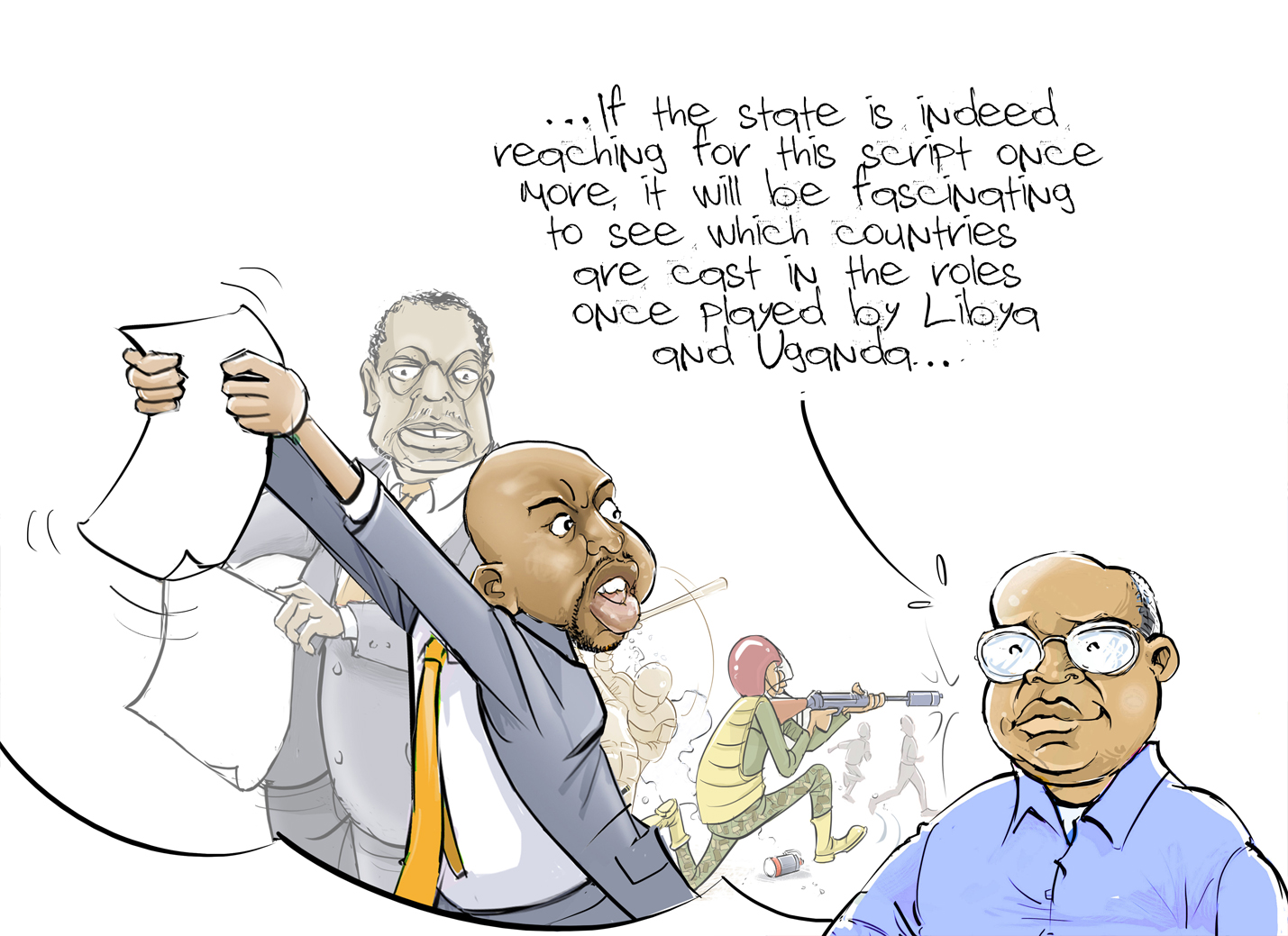

I have been reflecting on recent developments in the country since the June 2024 tax protests, which gradually evolved into the #RutoMustGo campaign and have since transformed into the Wantam crusade.
In the course of this reflection, I found myself revisiting files from the two-year period between the original Saba Saba protest in 1990 and the multiparty elections of December 1992.
The echoes from that era make it painfully clear that the government is recycling old Kanu-era tactics to suppress dissent, which are brutal, unimaginative and depressingly predictable.
Curiously, while the script doesn't change much, the characters do. Let me illustrate what I mean.
Recall how, in July last year, President William Ruto accused the Ford Foundation of financing anti-government protests across the country?
Back in 1992, the government claimed that foreign enemies, specifically Libya and Uganda, were working in tandem with the opposition to destabilise the state.
Twenty months after the first Saba Saba protests, a newly legalised opposition had begun to instil real fear in the Kanu regime, which was now staring down the possibility of electoral defeat.
Kanu’s counteroffensive included the unveiling of a so-called “secret weapon”: a group of well-funded, up-and-coming hustler tenderpreneurs organised under the Youth for Kanu 1992, more commonly known as YK’92.
At the same time, the government was actively deploying tried-and-tested methods of strategic communication, otherwise known as psychological operations or psyops, aimed at manipulating public sentiment and undermining rational discourse.
Yet again, they turned to the familiar bogeyman of militarily trained youth, allegedly backed by foreign actors, intent on overthrowing the Kenyan state.
In February 1991, for instance, claims surfaced of an imminent Ugandan-led attack on Kenya. It was alleged that the vanguard of this offensive would consist of Kenyan youths trained in guerrilla and commando tactics, both in Uganda and Libya.
Then, in March 1992, the government issued a chilling statement warning of a terrorist plot supposedly orchestrated by the Forum for the Restoration of Democracy (Ford) and another unnamed opposition party, widely believed to be the Democratic Party (DP), which counted former military personnel among its members.
These two parties had allegedly established military wings made up of Libyan-trained terrorists and ex-servicemen, who were preparing to unleash violence and terror upon the public.
This claim followed a series of anti-government demonstrations that had turned violent in Nairobi and other urban centres.
In what was presented as a detailed account of Ford’s alleged plans, the government’s statement read: “During the illegal activities, they will pose as policemen and uniformed police on patrol. They intend to unleash acts of violence on wananchi to tarnish the good name of the police force.
“In addition, during the riots, demonstrations of protests against the government masterminded by Ford and other opposition parties, the terrorist squads with their smuggled arms will hijack such riots and shoot to seriously injure rioters and police and deliberately blame it on the government in the hope of creating disaffection against the government.”
Does this sound familiar?
Ford secretary general Martin Shikuku dismissed the claims as nonsense, saying if the government failed to arrest those responsible, the opposition would regard the statement as pure fabrication.
DP chairman Mwai Kibaki and secretary general John Keen accused Kanu of being terrified of the opposition.
Keen further noted that the unsigned nature of the statement cast doubt on its authenticity, suggesting it may have been entirely fictitious.
These arrests coincided with a press conference held by YK’92 chairman Cyrus Jirongo, during which he named 28 Kenyans who had allegedly travelled to Libya via Uganda for guerrilla instruction.
If the state is indeed reaching for this script once more, it will be fascinating to see which countries are cast in the roles once played by Libya and Uganda.














